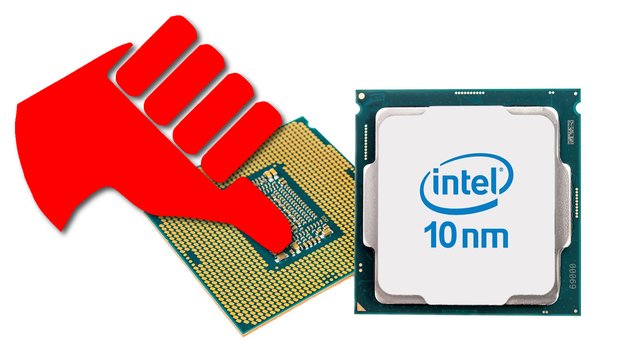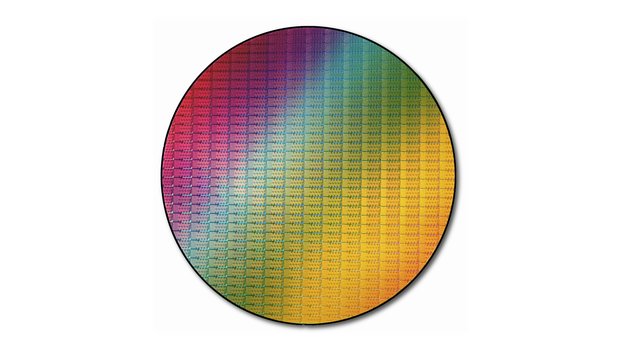
It's no secret that Intel Problems with the manufacture of its processors in the 10nm process Has. As part of the Morgan Stanley TMT conference, Intel's CFO George Davis surprisingly made it clear that processes that came much later could meet higher expectations.
According to a Wccftech transcript, he is said to have said the following about 10nm manufacturing:
Previously released processors in 14nm production include the desktop generations from Intel in recent years (Core i 6000 to Core i 9000), while the 22nm production for the Core i 3000 and Core i 4000 CPUs was used.
Only at the end of 2021 light at the end of the tunnel: Following the comparison with older manufacturing processes, Davis praised the improvements that can be seen with 10nm, but he only announced a "significantly better performance profile" for the production in 7nm, which is expected at the end of 2021.
Old fare with the "new" player CPUs
As Chief Finance Officer, Davis' statements are primarily concerned with the economic efficiency of production, which is also related to factors such as the yield rate and the yield of suitable chips.
However, the fact that Intel relies on the 14nm production that was introduced over four years ago for the desktop processors of the Core i 10000 series this year, although according to Davis, the 10nm era has begun, suggests that it too problems in other areas of 10nm manufacturing.

This also fits Davis' statement that he should not talk about the incremental performance gains that can be expected from the optimized 10nm production (»10nm +«) under the code name Tiger Lake.
Hardly any competition for AMD Ryzen? In the end, Davis confirms what has been emerging for a long time: AMD should only expect manageable opposition from Intel for its current Ryzen 3000 CPUs and the Ryzen 4000 generation expected at the end of 2020.








